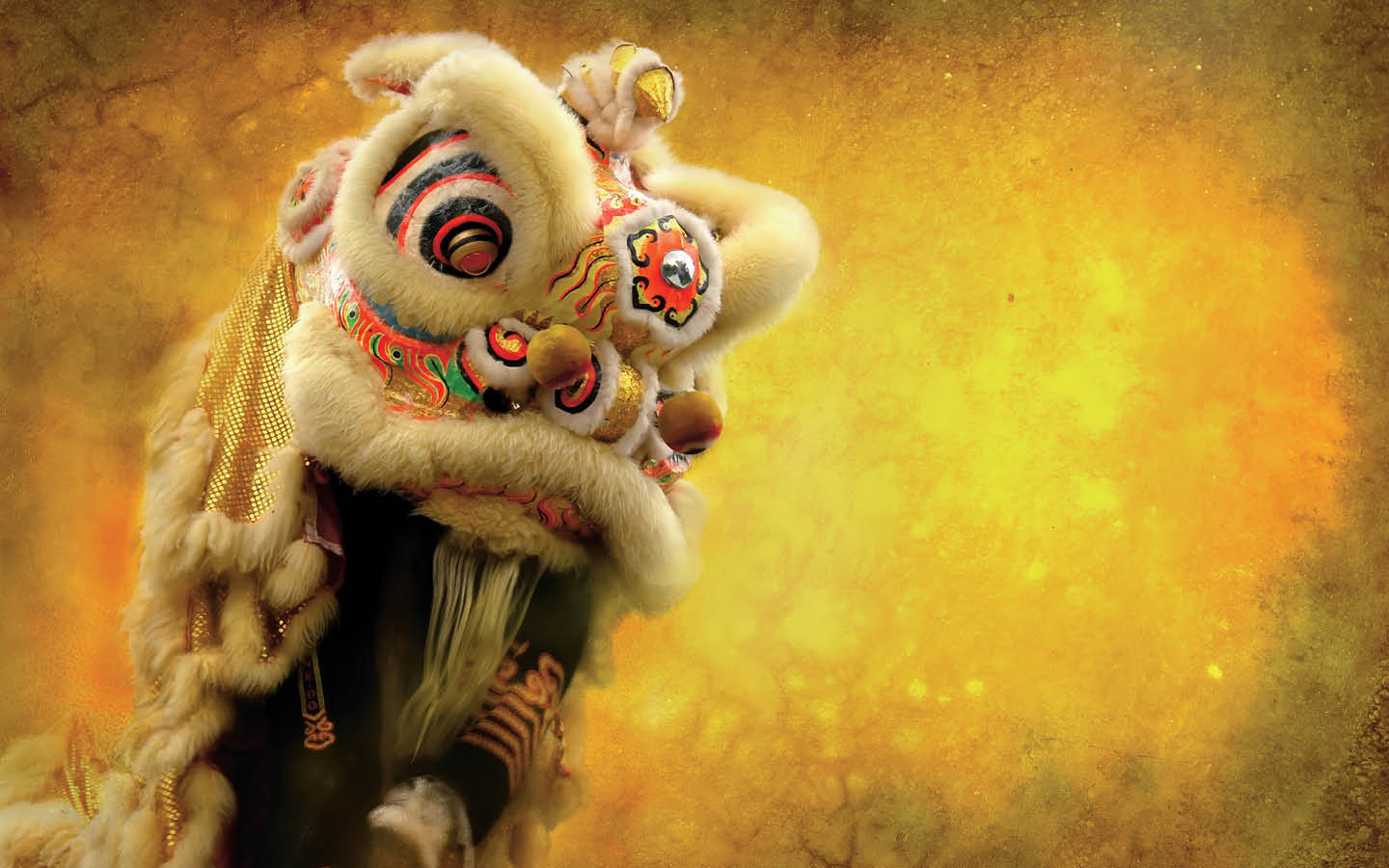Jim McMahon/Mapman ®
Where in the World
More than a billion people live in China. Each year, many of them travel to celebrate the new year. This travel rush is among the largest movements of people on Earth!
Every year in China, lions run loose through the streets. They dance to the beat of a drum. Crowds clap and cheer them on. Stores and restaurants open their doors to invite the lions in.
But don’t worry—these aren’t real lions. They’re dancers in colorful costumes. And they’re on an important mission: to ring in Chinese New Year.
Every year in China, lions run through the streets. They dance to the beat of a drum. Crowds clap and cheer them on. Stores and restaurants invite the lions in.
But don’t worry. These aren’t real lions. They’re dancers in costumes. It’s their job to ring in Chinese New Year.
Every year in China, lions run loose through the streets. They dance to the beat of a drum as crowds clap and cheer them on. Stores and restaurants open their doors to invite the lions in.
But don’t worry—these aren’t real lions. They’re dancers in colorful costumes, and they’re on an important mission: to ring in Chinese New Year.

